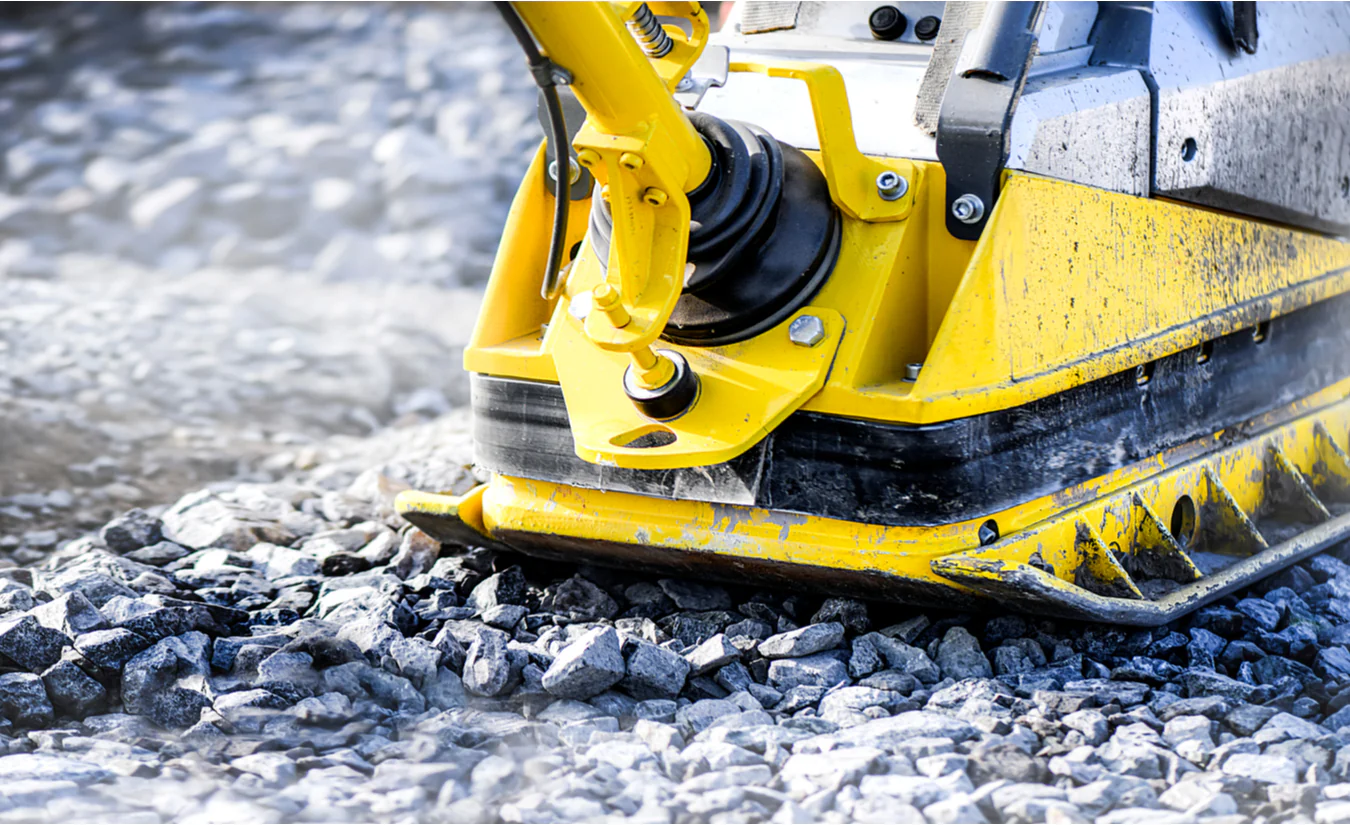Modern life often feels like a race against time. With calendars jam-packed with obligations, notifications buzzing every few minutes, and an endless stream of content to consume, it’s no wonder so many of us feel overwhelmed, exhausted, and disconnected. But amidst all the noise, a growing movement is urging people to take a step back, breathe deeply, and rethink how they live. This movement is called slow living.
Far from advocating for a life of idleness or abandoning productivity altogether, slow living is about doing things at a pace that allows you to be fully present, mindful, and intentional. It’s a lifestyle rooted in quality over quantity. But how can we apply this philosophy in our increasingly busy lives? Here’s a closer look at the principles of slow living and practical ways to adopt it, even in a fast-paced world.
What Is Slow Living?
At its core, slow living is about intentionally slowing down the pace of life to focus on what truly matters. It’s an antidote to the hustle culture that glorifies being busy, overwhelmed, and overworked. Slow living isn’t just about moving physically slower; it’s about living deliberately—deciding how to spend your time, energy, and resources in a way that aligns with your values.
Rooted in the Italian slow food movement of the 1980s, which sought to preserve traditional food cultures and values against the rise of fast food, slow living has expanded into all areas of life. From how we work and consume media to how we eat and spend leisure time, slow living is about finding balance and being intentional.
It’s not about rejecting modern life altogether; instead, it’s about choosing a rhythm that allows you to savor life rather than rush through it.
The Benefits of Slow Living
1. Reduced Stress and Anxiety
When you’re constantly racing from one task to the next, your body and mind remain on high alert, elevating stress levels. Slow living helps counteract this by encouraging mindfulness and prioritization. Slowing down allows you to focus on one thing at a time, which can reduce mental clutter and anxiety.
2. Improved Focus and Productivity
Ironically, slowing down can make you more productive. When you commit to doing fewer things but doing them well, you eliminate the “busy work” that drains energy without offering much value. A slower approach enables clearer thinking and better decision-making.
3. Deeper Connections
When you take time to be fully present with family and friends, relationships flourish. Slow living encourages meaningful conversations, shared experiences, and authentic connections—all of which are difficult to cultivate in the whirl of modern distractions.
4. Enhanced Well-being
A slower pace leaves more room for self-care, reflection, and activities that bring genuine joy. Whether it’s enjoying a long walk, reading, or exploring a creative hobby, slow living allows you to nurture your physical and mental well-being.
Principles of Slow Living
Adopting a slower lifestyle can seem daunting if you’ve been caught in the fast-paced grind for years. The key is to start small and anchor your efforts in the following principles:
1. Intentionality
Every action in a slow living lifestyle is deliberate. This means consciously deciding how you want to spend your time, who you want to spend it with, and what truly enriches your life. Ask yourself, “Does this bring value or joy? Or am I doing it out of habit or obligation?”
2. Mindfulness
Mindfulness is about being fully present in the moment. Instead of multitasking, slow living promotes single-tasking—paying full attention to whatever you’re doing, whether it’s eating a meal, engaging in a conversation, or working on a project.
3. Simplicity
Simplifying your schedule, possessions, and commitments can make life feel more manageable. Minimalism often overlaps with slow living, as both advocate for decluttering not just spaces, but lives.
4. Sustainability
Slow living often ties into environmental consciousness. Consuming less, buying thoughtfully, and prioritizing quality over quantity are all hallmarks of this philosophy. These choices not only benefit individuals but also contribute to global sustainability.
Practical Ways to Incorporate Slow Living
Making the shift to slow living doesn’t require upheaving your life. Even small changes can create significant, positive effects over time. Here’s how to start weaving slow living into your daily routine:
1. Reassess Your Priorities
Begin by identifying what truly matters to you. Take some time to write down your values, long-term goals, and non-negotiables. Use these as a compass to guide your decisions about how to spend your time and energy.
2. Create Margin in Your Schedule
A tightly packed schedule is the enemy of slow living. Start saying no to commitments that don’t align with your priorities. Block out time for rest, hobbies, or simply doing nothing—these moments of downtime are essential for recharging.
3. Practice Mindful Consumption
Analyze what you consume, whether it’s food, media, or material goods. Choose quality over quantity. For instance, opt for slow-cooked, nourishing meals instead of fast food, and read in-depth articles instead of scrolling endlessly on social media.
4. Build Unplugged Moments
The constant barrage of notifications can make life feel frantic. Designate certain times of the day as “device-free,” whether it’s your morning coffee, dinner, or an evening walk. Without digital distractions, you can be more present with yourself and others.
5. Celebrate Rituals
Whether it’s brewing your morning tea, taking care of plants, or journaling at bedtime, rituals can help ground you. Even mundane acts can feel special when performed with intention and attention.
6. Cultivate Patience
Becoming comfortable with slowing down can take practice, especially in a society that prizes instant gratification. Whether it’s waiting longer for results or savoring a process, cultivating patience is a vital element of slow living.
7. Reconnect with Nature
Urban environments often detach us from the natural rhythms of life. Slow living encourages spending time outdoors, appreciating changing seasons, and immersing ourselves in the calming presence of the natural world.
What Slow Living Is Not
Slow living is not about shirking responsibilities or being lazy. Nor does it mean eliminating ambition or abandoning a high level of engagement with life. Instead, it’s about pursuing what matters most with clarity and purpose.
It’s also important to note that the ideal pace for one person might not suit another. The beauty of slow living is its flexibility—it’s about finding your own rhythm rather than adhering to a rigid template.
The Challenges of Adopting Slow Living
While slow living offers immense benefits, it’s not without challenges. It requires breaking free from cultural norms that equate busyness with success. You may face judgments or misunderstanding from others who don’t share your values.
Internal resistance can also be a hurdle. Slowing down forces us to confront our thoughts, emotions, and choices—something many people avoid by staying busy. Patience, practice, and self-compassion are essential to overcoming these challenges.
Final Thoughts
At its heart, slow living is a rebellion against the relentless rush of modern life. It’s an invitation to pause, reflect, and savor the richness of the present moment. By focusing on what truly matters—whether it’s relationships, passions, or simply enjoying a quiet morning—you can find more meaning and joy in each day.
Integrating slow living into your life doesn’t happen overnight. It’s a gradual process of learning to say no to unnecessary distractions and yes to what feels authentic and fulfilling. With time, this mindset shift can lead to a life that’s not only more intentional but also deeply gratifying.
The world may not slow down, but you can. And that, perhaps, is the ultimate power of slow living.



